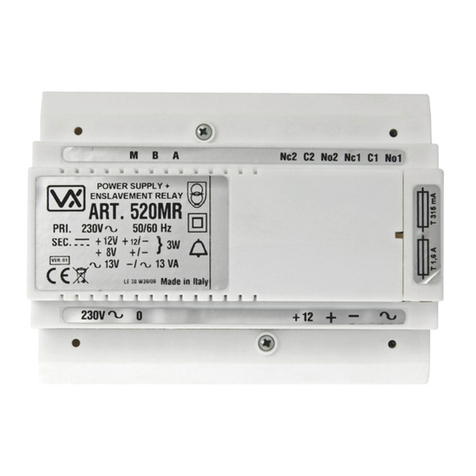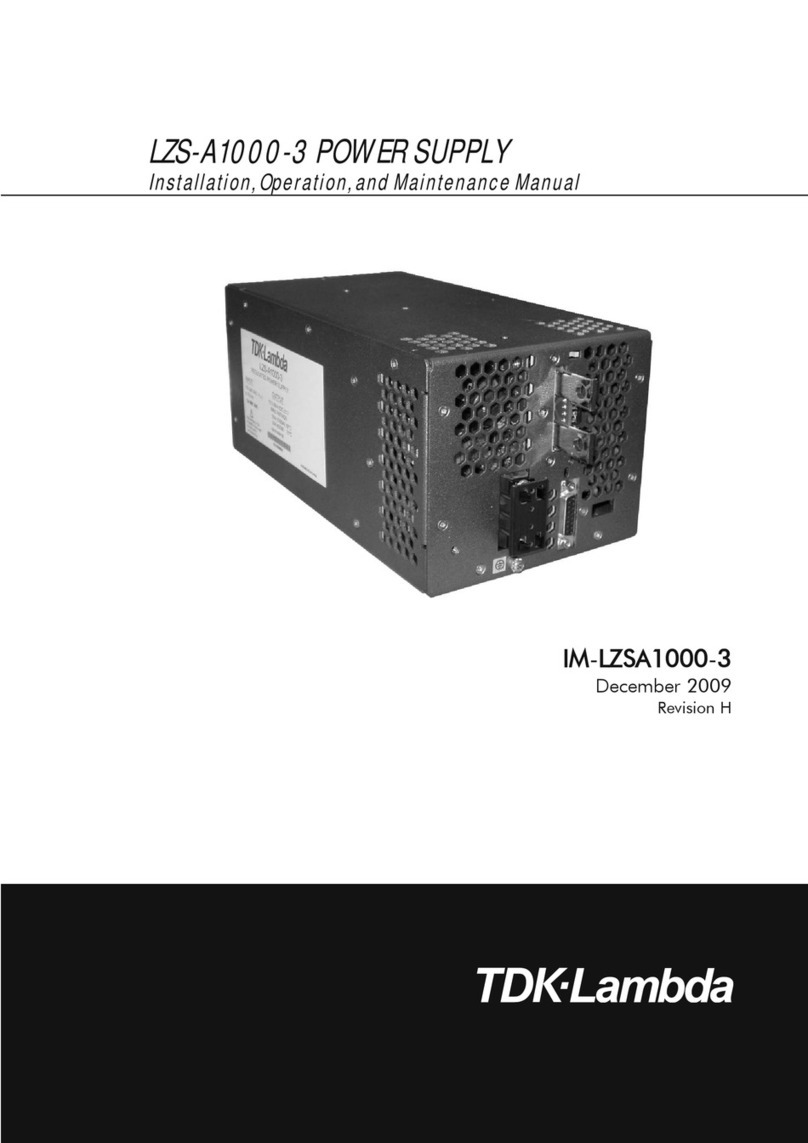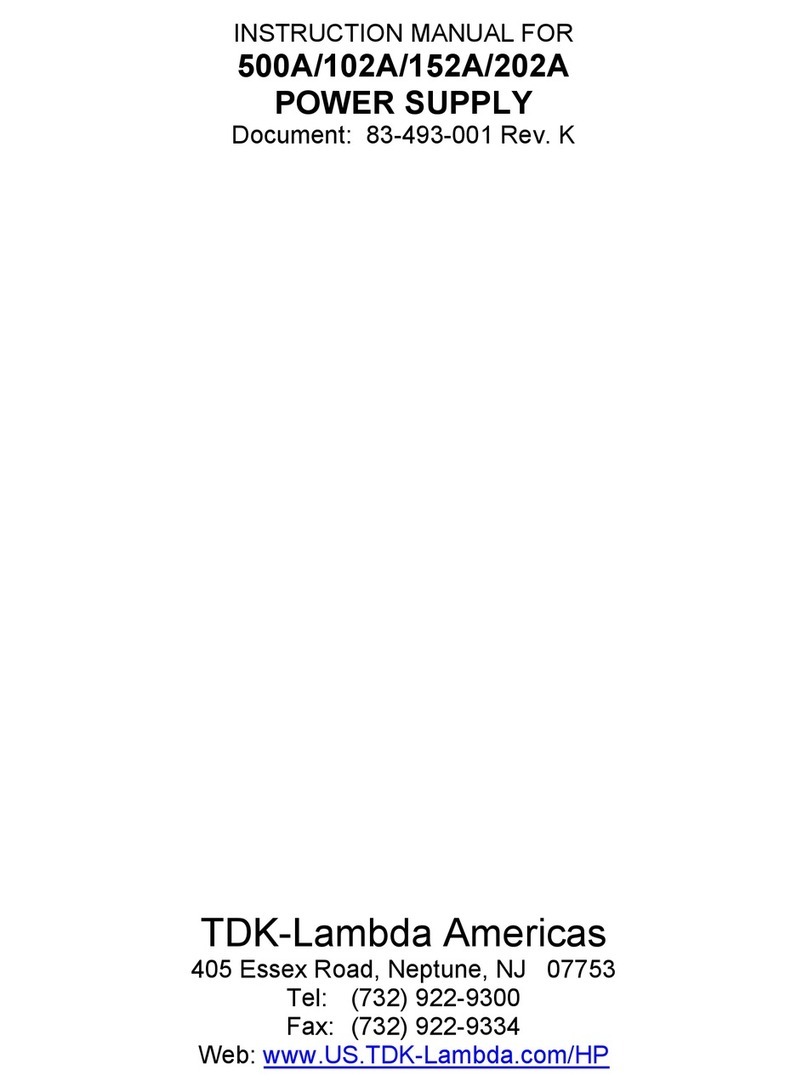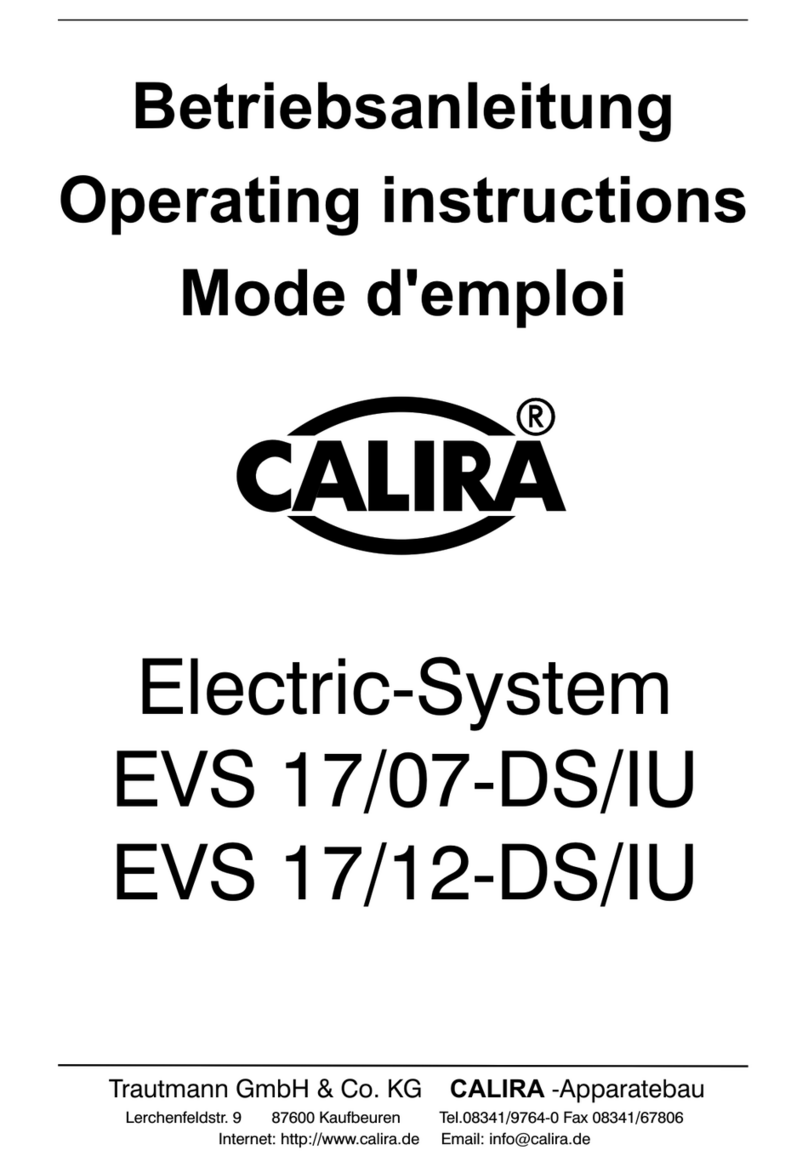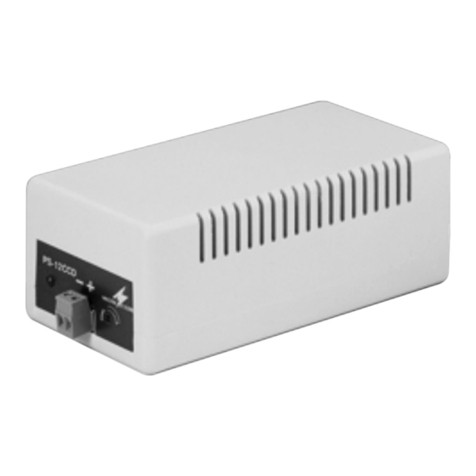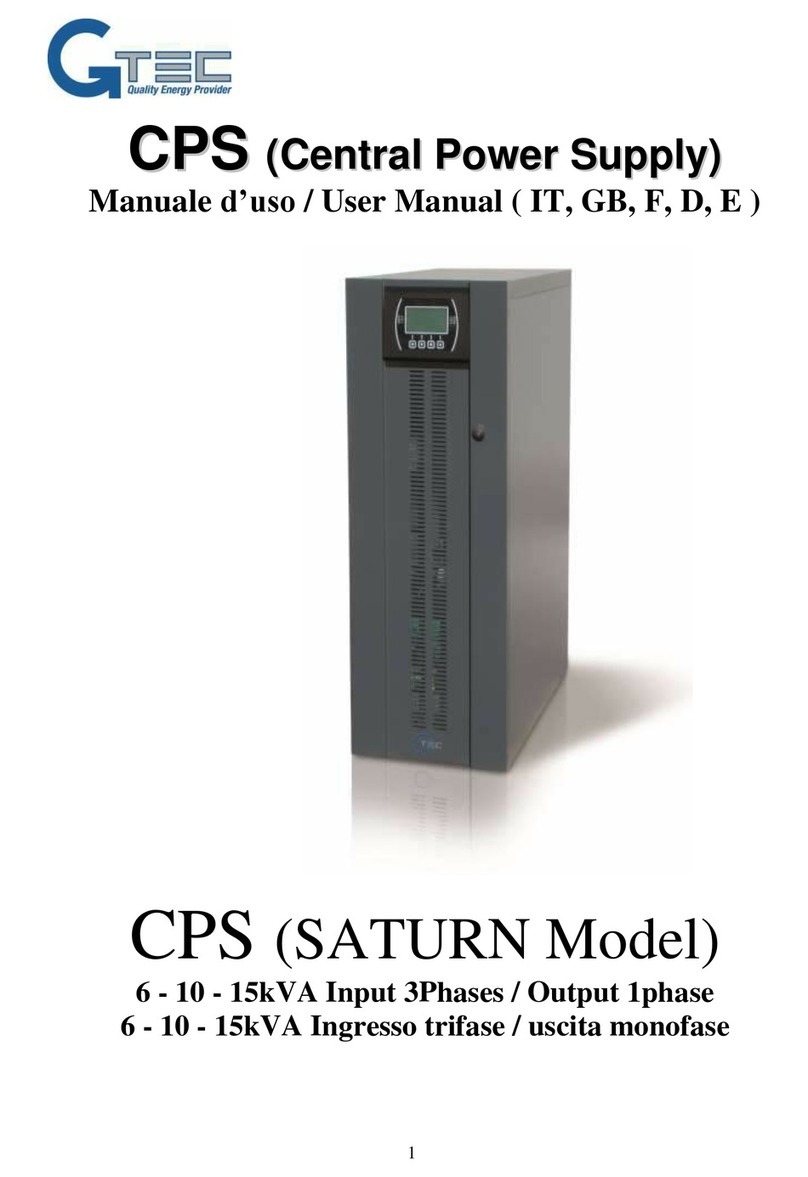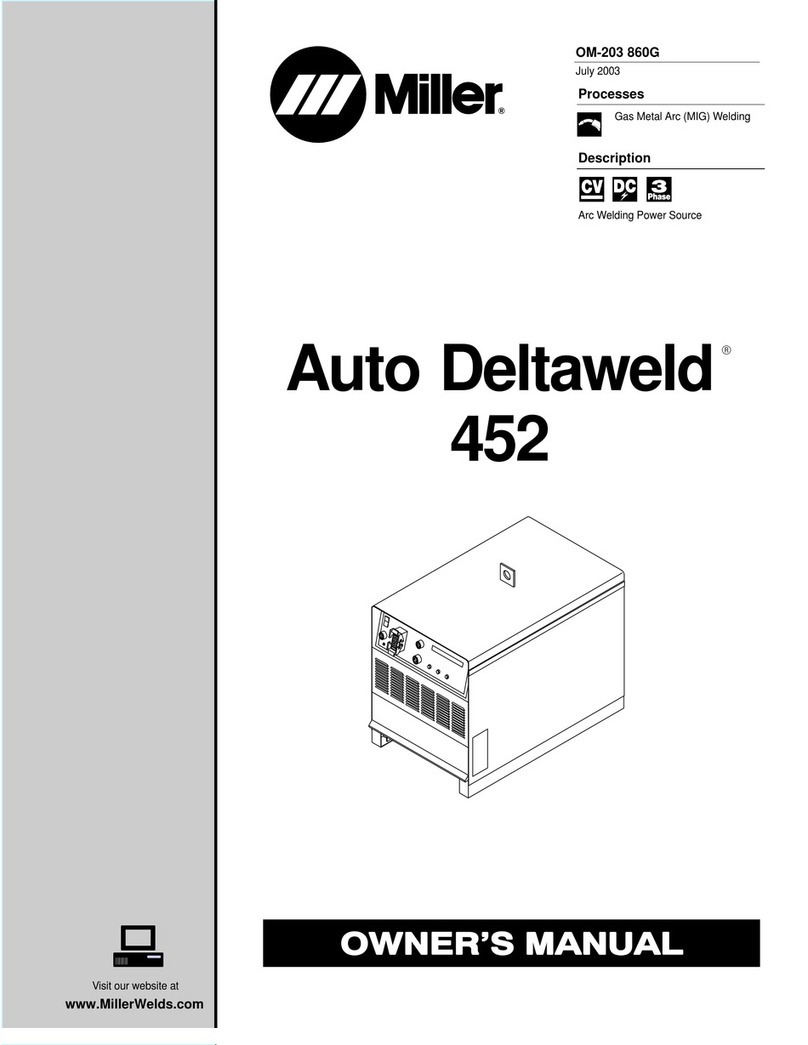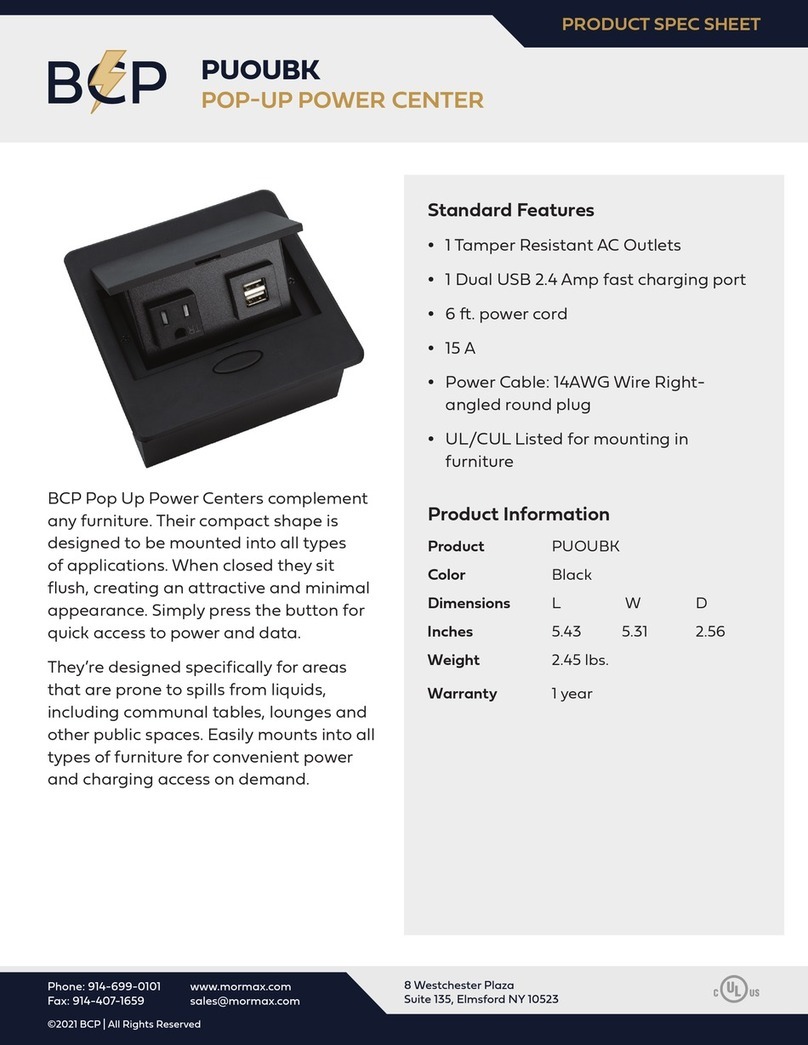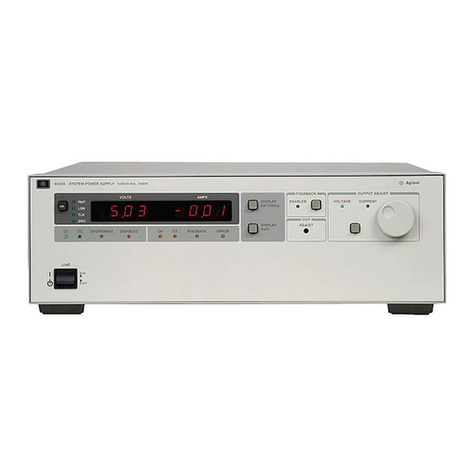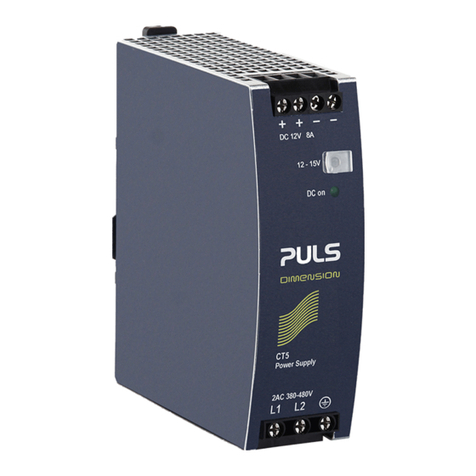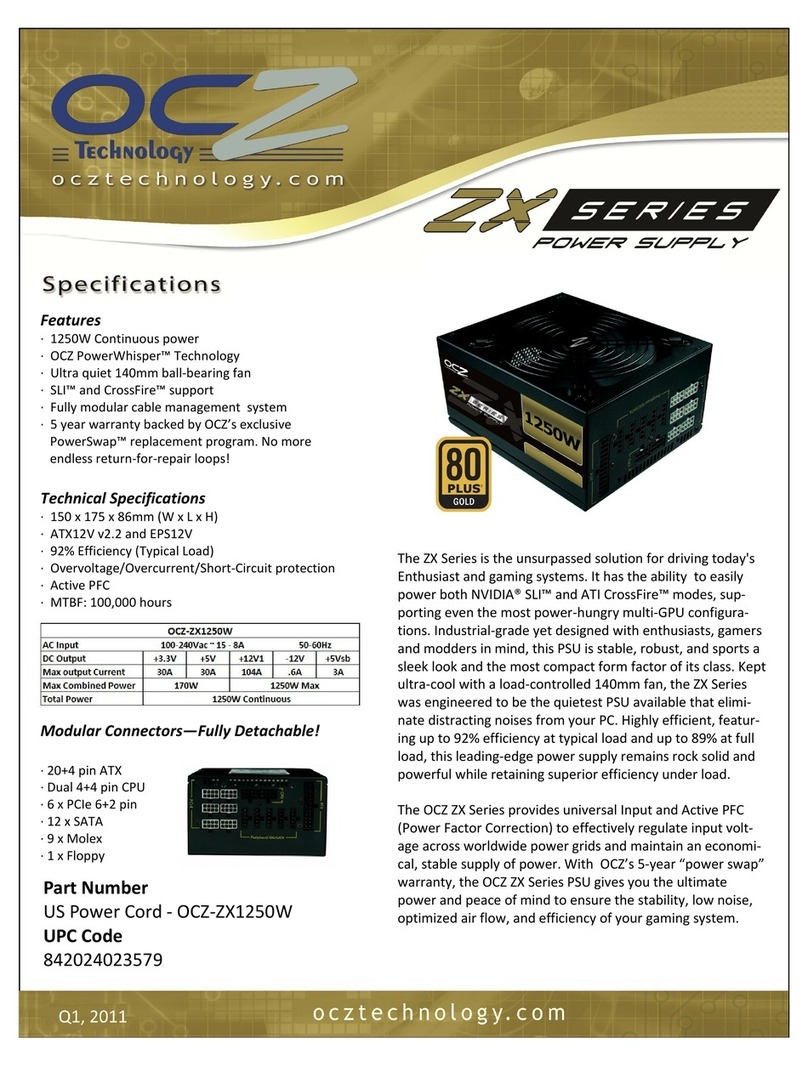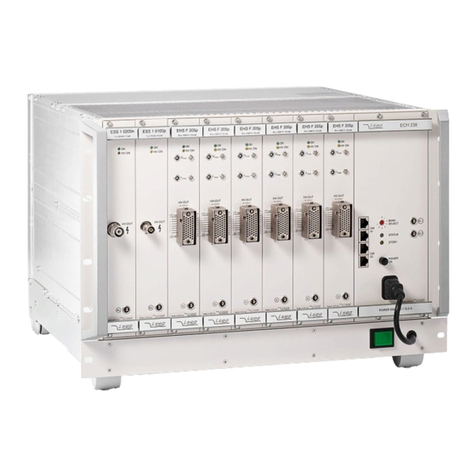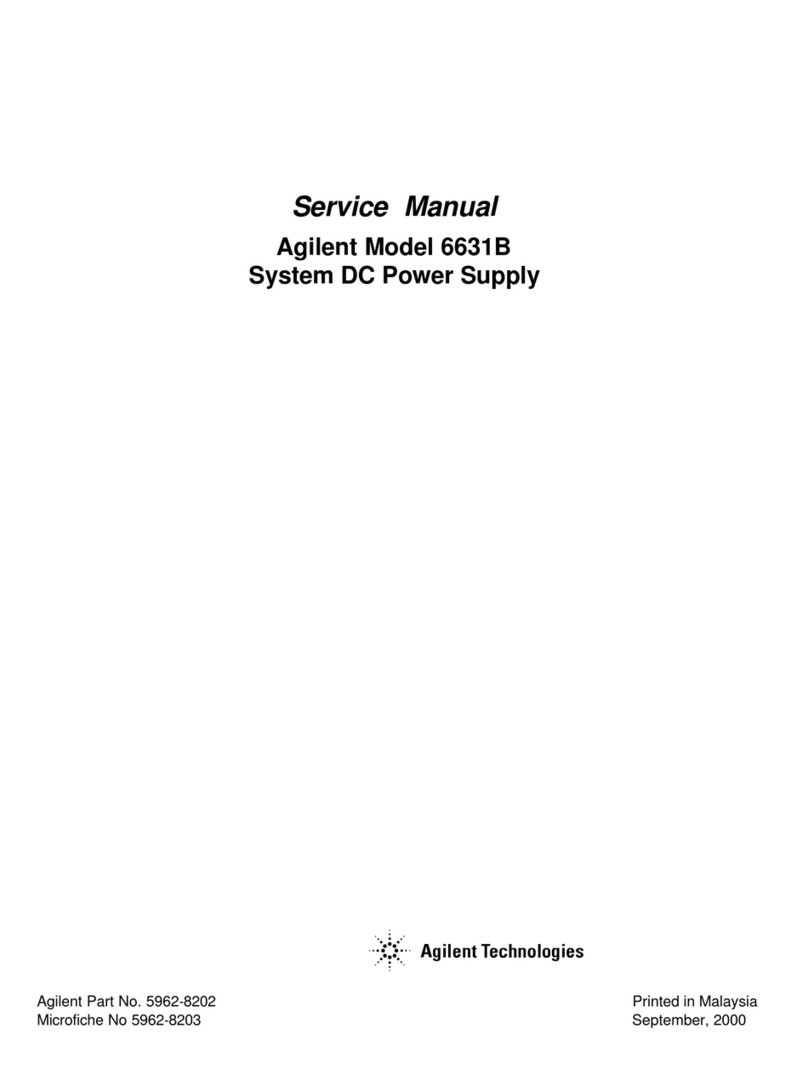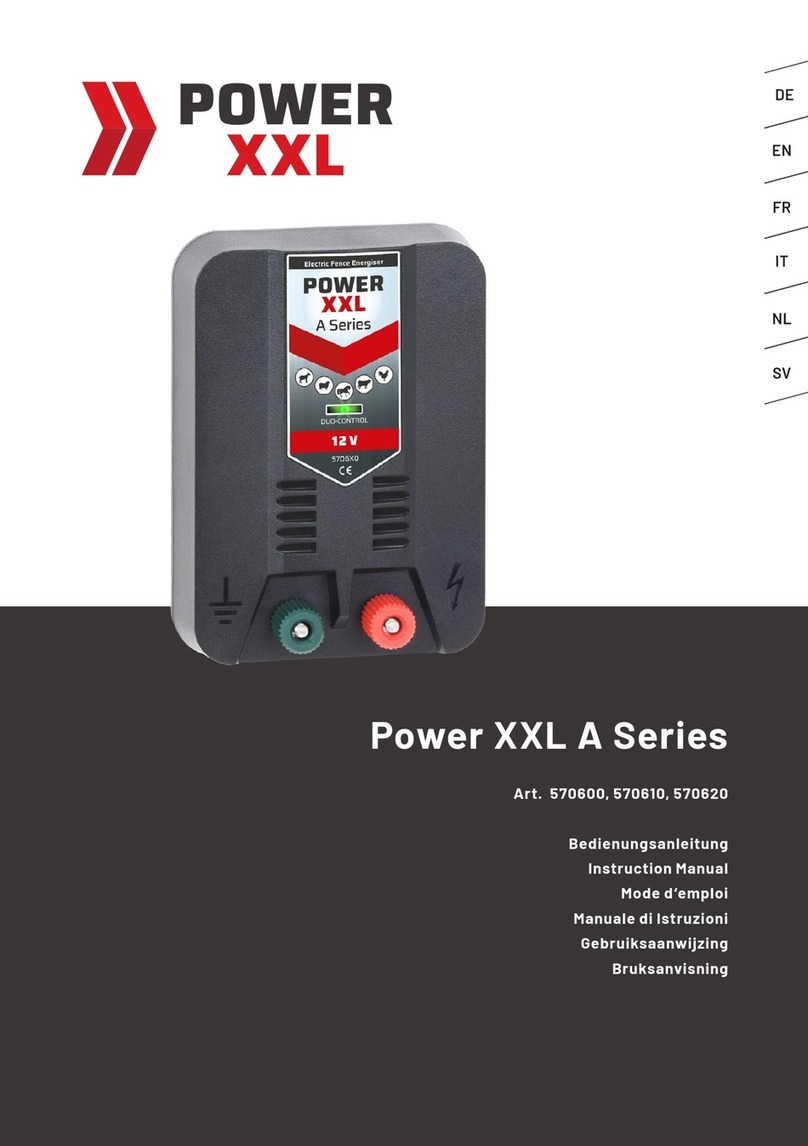
Contents
1. Introduction ....................................................................................... 1
2. Safet Warnings ................................................................................ 4
2.1 Installation..................................................................................... 4
2.2 Operation ...................................................................................... 5
2.3 Maintenance, servicing and faults ................................................ 5
2.4 Transport....................................................................................... 6
2.5 Storage.......................................................................................... 6
2.6 Standards...................................................................................... 6
3. Installation.......................................................................................... 8
3.1 Inspecting the quipment ............................................................. 8
3.2 Unpacking the Cabinet.................................................................. 8
3.3 UPS Rear Panel.......................................................................... 11
3.4 UPS Front Panel......................................................................... 12
3.5 Rackmount Setup ....................................................................... 12
3.6 Tower Setup ................................................................................ 15
3.7 Installation of UPS with AC inputs .............................................. 15
4. Power cables connection & Start up............................................. 18
4.1 Access to terminal block ............................................................. 18
4.2 Common input sources connection ............................................ 19
4.3 Separate input sources connection ............................................ 20
4.4 Frequency converter connection ................................................ 21
4.5 UPS Initial Start up...................................................................... 21
5. Operation ......................................................................................... 23
5.1 Display Panel .............................................................................. 23
5.2 Display functions......................................................................... 24
6. Communication ............................................................................... 28
6.1 RS-232 and USB Communication Ports..................................... 28
6.2 Network Management Card (Optional)....................................... 29
6.3 UPS Management Software ....................................................... 30
7. UPS Maintenance ............................................................................ 32
7.1 UPS Care.................................................................................... 32
7.2 Transporting the UPS.................................................................. 32
7.3 Recycling the Used UPS............................................................. 32
8. Specifications .................................................................................. 33
9. Troubleshooting .............................................................................. 35
9.1 Accessing Alarms and Conditions............................................... 35
9.2 Typical Alarms and Conditions.................................................... 37
